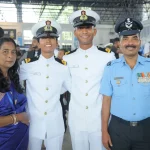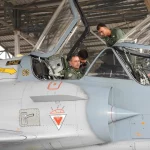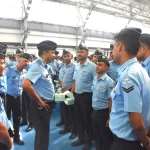Yemen Crisis and Operation Rahat by India : In the past six months, a war for political dominance between the two sects of Muslims—Sunni and Zaidi Shia—has intensified in Yemen, the Arab country in southwest Asia that has been imploding since 2011.Saudi Arabia has been trying to thwart the attempt by the Iran-backed Zaidi Shia group to take control of the country.
In February, however, Yemeni president Abdrabbuh Mansour Hadi fled the capital Sana’a when the rebel Shia group—also known as Houthis—strengthened their presence in the city.
Due to the worsening condition of the country, the Indian govt on March 31, decided to send Gen V.K. Singh, one of its senior ministers and former Chief of The Indian Army, to oversee the mission and ensure safe return of its citizens.The operation was called as ‘ Rahat’ – which means relief in Hindi
Yemen Crisis and Operation Rahat by India
- Saudi Arabia is attacking Yemen but from the air. Their soldiers are afraid of setting foot
on land fearing for their lives.
- Pakistani Army & Airforce form the bulk of the Saudi force in Yemen, but Pakistani soldiers are afraid of landing in the cities due to the fear of being killed by Shia Militia.
- Pakistani Ambassador to Yemen Dr. Irfan Yousuf Shami escaped with all his staff, leaving behind hundreds of stranded Pakistani nationals.
- What made the situation more complex was the fact that the airport and airspace in Yemen, are under the control of Saudi Arabia.
- PM Modi called up Saudi King Salman for his co-operation in rescuing Indians from Yemen. Since the PM shares a good relationship with the Saudi King, the King assured his complete support. PM Modi requested the Saudi King to stop the air strike for some time and also allow Indian planes to fly out of Yemen so that Indians could be evacuated from the strife-torn country.
- The Indian national carrier, Air India, carried 488 people through three special flights from Sana’a to India on April 5. A day later, Air India is reported to have evacuated 574 people from Sana’a to Djibouti, described as the single largest evacuation by air in a day. The Indian Airforce had dispatched its C-17s on April 2, and brought back 358 Indians.
- GOI decided to take the sea route to rescue the expatriates stranded in Aden, a port city after the government’s plans to airlift them did not materialize due to attack on Sana’a airport.
- Two merchant vessels and two warships — destroyer Mumbai and stealth frigate Tarkash — also left for Yemen, to help ferry other stranded expatriates back home. The government had also pressed into service INS Sumitra to ensure the safety and security of the passengers from pirates.
- India’s shipping corporation also sent two passenger ships—Kavaratti and Corals— to assist the navy. In all, India sent five ships to Yemen. Small boats were used to transport Indians from Yemen’s port city Aden onto the naval vessels that could not enter the ports due to heavy firing.
- Eyewitnesses state that, in such a hostile atmosphere, unarmed Gen VK Singh toured the cities & villages in Yemen, collecting Indians & anybody else who asked him for help. He did not sit in a car or a helicopter. He actually got on the ground & walked on the roads, in the streets & commanded the operation.
- Because of the stunning rescue work done by India, 26 nations reached out for help in evacuating their citizens. Countries like USA, Germany, France were amongst those which sought help.
- Most aircrafts and ships landed in Mumbai and the southern Indian city of Kochi. The evacuees were then transported to their hometowns by Indian Railways. The railways offered free tickets for their onward journeys. In addition, state governments have offered financial support to many evacuees.
- It’s a matter of shame for the nation, that no leading newspaper or media channel finds this historic mission worthy enough to cover front pages or be on prime time. It’s up to social media now, to let the truth prevail.

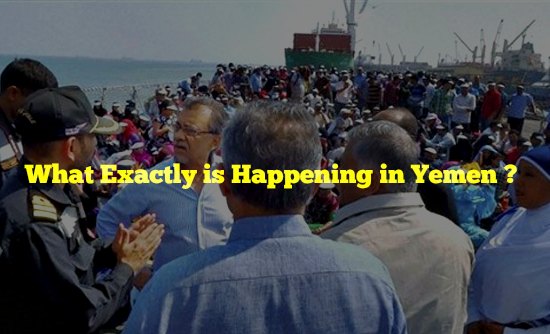

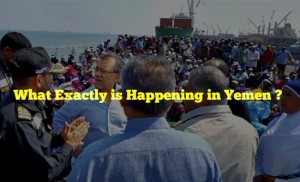 on land fearing for their lives.
on land fearing for their lives.







